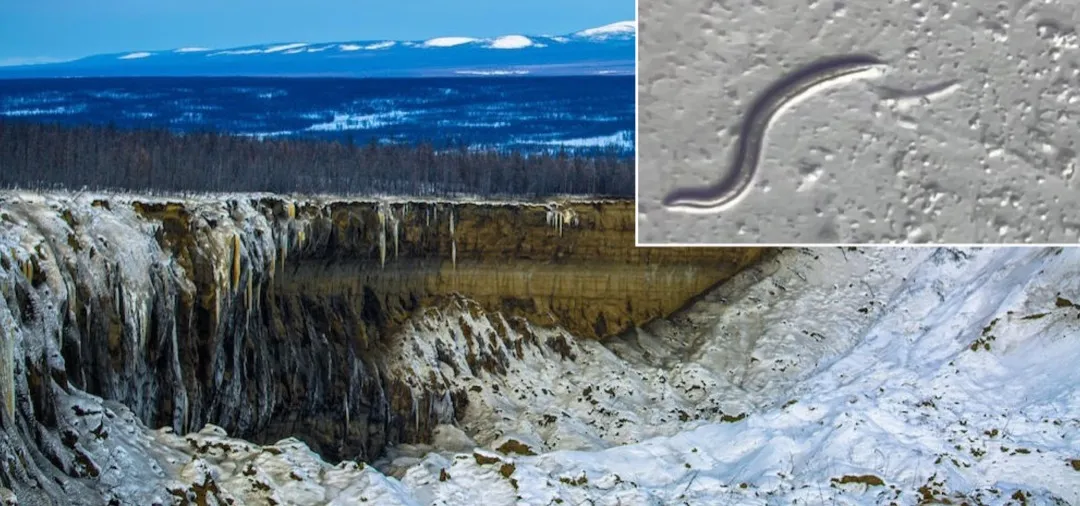Nematode‘s Astounding 46,000-Year Dormancy in Permafrost Sheds Light on Survival Mechanisms and Shared Evolutionary Traits

Credit: Google
In a groundbreaking scientific breakthrough, a microscopic roundworm that lay dormant in Siberian permafrost for an astonishing 46,000 years has been successfully revived. This unprecedented discovery introduces us to a new nematode species, Panagrolaimus kolymaensis, setting a record for the longest known dormancy period among multicellular organisms. Published in the journal PLOS Genetics, this research offers remarkable insights into cryptobiosis, where organisms survive extreme conditions by slowing their metabolism to undetectable levels.
Scientists revive nematode that was frozen in permafrost flanking Siberia’s northern Kolyma River for over 40,000 years https://t.co/COkNqfVs3c
— science (@science) July 28, 2023
The revival of this ancient worm opens up new avenues of exploration into the secrets of extreme adaptation and evolutionary survival. As we confront the challenges of climate change, understanding how these resilient creatures endure and re-emerge after millennia provides valuable knowledge that could aid modern-day species facing environmental disruptions.
Led by Teymuras Kurzchalia from the Max Planck Institute of Molecular Cell Biology and Genetics, the research uncovers the extraordinary abilities of these nematodes to endure freezing, dehydration, and oxygen deprivation. By producing the sugar trehalose during a preconditioning phase, the nematodes safeguard their DNA, cells, and proteins from degradation, further enriching our understanding of their survival mechanisms.
Moreover, the study highlights an intriguing parallel between P. kolymaensis and C. elegans, as both share a molecular toolkit that enables cryptobiosis. This remarkable similarity, despite the vast evolutionary time that separates them, emphasizes the conservation of essential biological processes across millennia.
As scientists delve deeper into the potential limits of organismal survival and revival, this research represents not just a journey into the past but also a window into the resilience of life in a rapidly changing world. The implications of this work extend far beyond the ancient nematode, offering hope and inspiration for preserving biodiversity and harnessing nature’s adaptive prowess to address the challenges of the future.
RELATED NEWS
WEB STORIES FOR YOU
Stay connected with Today On Globe for the latest Global Issues and News Updates.
Explore more related articles at [TOG News / TOG Article]























